Transforming IT Support: Visual AI Solutions for Instant Employee Assistance
Reimagining the help desk experience with visual intelligence
The Modern Employee Help Desk Challenge
I've seen it countless times in organizations of all sizes - employees sitting idle, frustration mounting as they wait for IT support to address their technical issues. The traditional help desk model is increasingly at odds with today's fast-paced work environments, creating a bottleneck that impacts both productivity and morale.
Impact of IT Support Wait Times
The following chart illustrates the significant productivity losses associated with traditional help desk wait times:
The psychological impact of support delays extends far beyond the immediate productivity loss. When employees face technical obstacles and experience long wait times for resolution, it creates a sense of helplessness and frustration that can linger long after the issue is resolved. This negative experience shapes their perception of workplace support systems and can lead to decreased engagement over time.
Current ticket-based systems present several critical limitations in modern work environments:
- Text-only descriptions often fail to accurately convey technical issues, leading to misdiagnosis
- Linear queuing systems don't effectively prioritize issues based on business impact
- Limited self-service options force employees to wait even for common, easily-resolved problems
- Lack of visual context requires multiple communication exchanges, extending resolution time
- Siloed knowledge bases prevent leveraging previous solutions for similar problems
These challenges are particularly acute for organizations with remote or hybrid workforces, where technical support staff cannot physically examine devices or directly observe issues. In this context, the limitations of traditional text-based ticketing become even more pronounced, highlighting the need for more AI work assistants that can bridge this communication gap.
Reimagining Support Through Visual AI
I believe the future of employee help desk support lies in moving beyond text-based ticketing to embrace visual problem-solving methodologies. When employees can show rather than tell, the entire support process transforms - becoming faster, more accurate, and ultimately more effective.
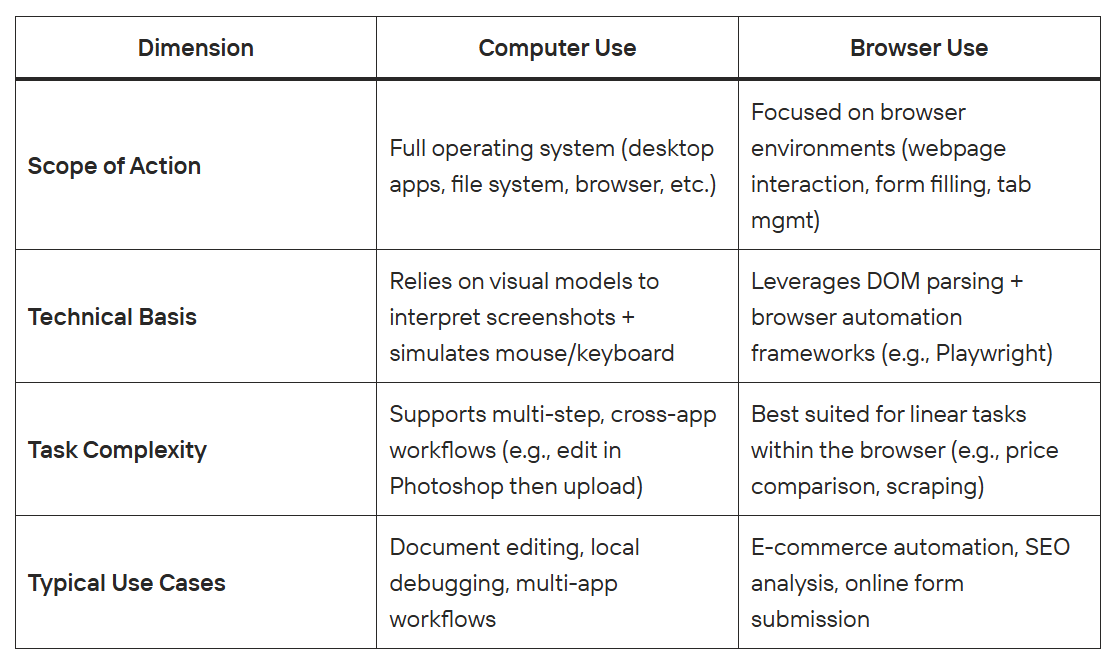
Visual communication accelerates issue identification and resolution in several key ways:
- Eliminates ambiguity in problem descriptions
- Provides essential context that text alone cannot convey
- Reduces the number of clarifying questions needed before resolution can begin
- Allows support staff to see exactly what the employee is experiencing
- Creates clear documentation for knowledge base entries
The power of screenshots, annotations, and visual workflows in IT support cannot be overstated. When an employee can capture their screen, highlight the specific area causing trouble, and annotate with relevant details, they're providing a complete picture that dramatically speeds up the diagnostic process.
Visual Support Process Flow
Below is a visualization of how visual AI transforms the support workflow:
flowchart TD
A[Employee Encounters Issue] -->|Takes Screenshot| B[Visual Capture]
B -->|AI Analysis| C{Issue Classification}
C -->|Common Problem| D[Automated Solution Suggestion]
C -->|Complex Problem| E[Support Agent Review]
D -->|Self-Resolution| F[Issue Resolved]
E -->|Visual Annotation| G[Guided Resolution]
G --> F
F -->|Documentation| H[Knowledge Base Update]
Using PageOn.ai to transform vague technical problems into clear visual explanations creates a paradigm shift in support efficiency. The platform allows employees to not only capture their issues visually but also organizes these visuals into coherent workflows that support agents can immediately understand and act upon.
This visual approach is particularly valuable for organizations utilizing ChatGPT for work efficiency, as the AI can more accurately interpret and respond to visual information than to ambiguous text descriptions.
Key Components of a Next-Generation Help Desk
Building a truly effective next-generation help desk requires rethinking every aspect of the support process through a visual lens. Here are the essential components that make up a modern, visual-first support system:
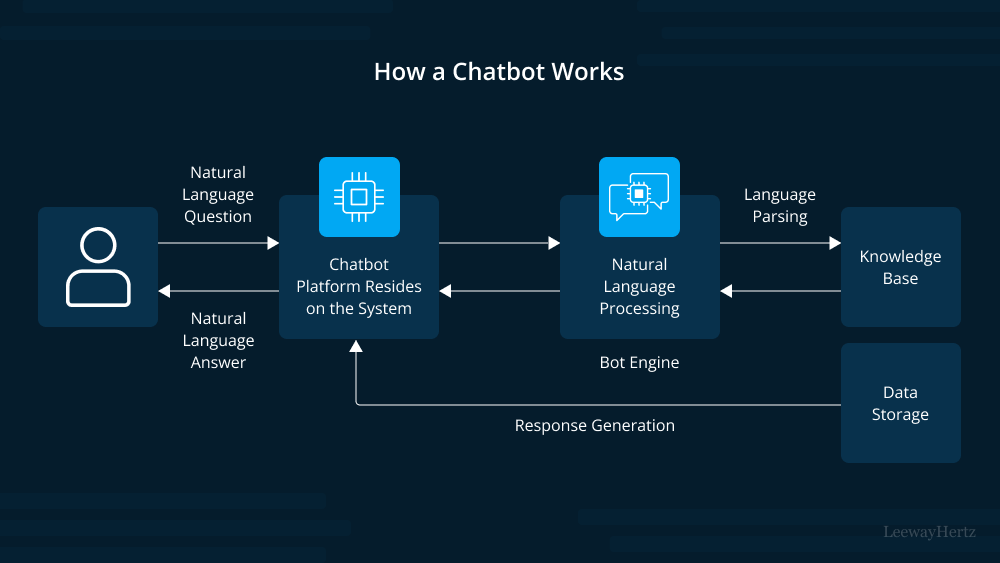
Visual Ticket Creation and Submission
Modern visual ticket systems allow employees to capture screenshots directly within the ticketing interface, annotate them with simple drawing tools, and submit them without switching between multiple applications. This streamlined process encourages more detailed reporting and provides support staff with the visual context they need from the start.
AI-Powered Issue Categorization
Advanced AI systems can analyze visual inputs to automatically categorize issues, identify potential solutions, and route tickets to the most appropriate support specialists. By recognizing visual patterns from error messages, interface elements, or system states, these systems can dramatically reduce triage time and improve first-contact resolution rates.
AI Issue Classification Accuracy
The following chart shows the accuracy of AI classification based on different input types:
Self-Service Knowledge Bases with Interactive Visual Guides
Interactive visual knowledge bases empower employees to solve common issues without waiting for support. These resources incorporate step-by-step visual guides, annotated screenshots, short video tutorials, and interactive troubleshooting flows that adapt based on user feedback. The result is higher self-resolution rates and reduced ticket volume.
Real-Time Collaboration with Visual Annotation
When self-service isn't sufficient, modern help desk systems facilitate real-time collaboration between employees and support staff. Shared visual workspaces allow both parties to annotate the same screen, highlight elements, and visually demonstrate solutions, creating a much more effective communication channel than text-based chat or email.
Integrating PageOn.ai's AI Blocks
PageOn.ai's AI Blocks provide a powerful framework for building custom visual support workflows. These modular components can be assembled to create tailored visual support experiences for different types of issues, departments, or user skill levels.
PageOn.ai AI Blocks for Support Workflows
Below is a visualization of how AI Blocks can be used to build custom support workflows:
flowchart LR
subgraph "Visual Capture Blocks"
VC1[Screenshot Tool]
VC2[Video Recorder]
VC3[Annotation Tools]
end
subgraph "AI Processing Blocks"
AI1[Image Analysis]
AI2[Pattern Recognition]
AI3[Context Extraction]
end
subgraph "Resolution Blocks"
RB1[Auto-Resolution]
RB2[Guided Steps]
RB3[Expert Handoff]
end
VC1 --> AI1
VC2 --> AI2
VC3 --> AI3
AI1 --> RB1
AI2 --> RB2
AI3 --> RB3
By leveraging AI productivity assistants within these visual workflows, organizations can create a support experience that feels instantaneous and intuitive, dramatically reducing wait times while improving resolution quality.
Implementation Strategies for Visual Support Systems
Successfully implementing a visual support system requires thoughtful planning and execution. I've found that organizations achieve the best results when they follow a structured approach that builds on their existing infrastructure while systematically introducing visual capabilities.
Assessing Your Current Help Desk Infrastructure
Begin by thoroughly evaluating your existing help desk system to identify specific opportunities for visual enhancement. This assessment should examine:
- Current ticket resolution times by issue category
- Number of communication exchanges required to resolve typical issues
- Percentage of tickets that could benefit from visual context
- Existing tools that could integrate with visual support capabilities
- Technical constraints that might affect visual support implementation
Help Desk Enhancement Opportunity Areas
The radar chart below shows common areas where visual support can enhance traditional help desk operations:
Creating a Visual Support Taxonomy
Develop a standardized classification system for common organizational issues that includes visual examples of each problem category. This taxonomy serves multiple purposes:
- Provides a reference library for AI-based categorization
- Helps employees select the right category when submitting visual tickets
- Creates consistency in how issues are documented and resolved
- Facilitates more accurate routing of issues to specialized support staff
- Enables better analytics and trend identification
Training Support Staff on Visual Communication
Equip your support team with the skills needed to effectively leverage visual communication tools. This training should cover:
- Creating clear, helpful annotations on screenshots
- Using visual cues to guide users through complex processes
- Recording concise, focused screencasts for demonstrating solutions
- Maintaining visual consistency across knowledge base articles
- Effectively using real-time visual collaboration tools
Developing Visual Templates
Create standardized visual templates for recurring support scenarios to ensure consistency and save time. These templates might include:
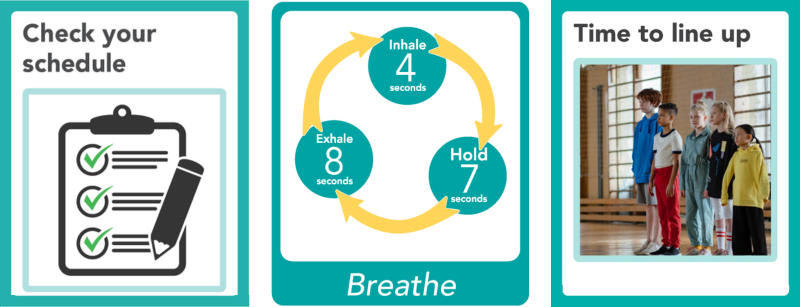
- Password reset guides with consistent visual indicators
- Software installation walkthroughs with standardized annotation styles
- Network troubleshooting flowcharts with visual decision points
- Application error resolution templates with highlighted action areas
- System navigation guides with consistent visual cues
Using PageOn.ai's Deep Search
PageOn.ai's Deep Search capability can transform how you integrate and utilize your existing troubleshooting assets. By indexing visual content across your knowledge base, documentation, and previous support interactions, Deep Search allows support staff to quickly find relevant visual solutions based on the current issue's visual characteristics.
This approach is particularly valuable for organizations with complex security operations center needs, where visual documentation of procedures and incident responses can significantly improve response times.
Measuring Success in Visual Help Desk Transformation
Implementing visual support tools represents a significant investment, so it's essential to measure their impact effectively. I've found that organizations should track both quantitative metrics and qualitative feedback to gain a complete picture of their transformation's success.
Key Performance Indicators for Visual Support
| Metric Category | Key Performance Indicators | Target Improvement |
|---|---|---|
| Time Efficiency |
|
30-50% reduction |
| Quality Metrics |
|
40-60% improvement |
| Employee Experience |
|
25-45% improvement |
| Operational Efficiency |
|
20-35% improvement |
Tracking Resolution Time Improvements
One of the most immediate and significant benefits of implementing visual support tools is the reduction in resolution times. Organizations typically see improvements across all issue categories, but the most dramatic gains often come in complex technical issues that are difficult to describe in text alone.
Resolution Time Comparison
The chart below compares average resolution times before and after implementing visual support systems:
Employee Satisfaction Metrics
Beyond operational improvements, visual help desk implementations typically drive significant increases in employee satisfaction. This improvement stems from several factors:
- Reduced frustration due to faster resolution times
- Increased confidence in the support process
- Greater sense of control through visual self-service options
- Clearer communication with support staff
- Higher quality solutions that fully address the root issue
ROI Calculations
When calculating the return on investment for visual support systems, consider both direct cost savings and productivity improvements:

- Reduced support staff time per ticket
- Decreased employee downtime waiting for issue resolution
- Lower escalation rates to higher-tier support
- Increased self-service resolution (avoiding ticket creation)
- Reduced training costs through better visual documentation
- Improved knowledge retention and transfer
Case Studies: Visual Support Success Stories
Organizations across various industries have successfully implemented visual support systems with impressive results:
- A global financial services firm reduced average ticket resolution time by 47% after implementing visual support tools
- A healthcare provider increased first-contact resolution rates from 62% to 89% through visual ticket submission
- A technology company saved over $1.2 million annually by reducing support escalations through visual self-service
- A manufacturing organization decreased new employee onboarding support tickets by 58% using visual guides
- A retail chain improved employee satisfaction with IT support from 3.2/5 to 4.7/5 after visual support implementation
These results demonstrate that visual support systems can deliver substantial improvements across multiple dimensions, from operational efficiency to employee satisfaction and cost reduction.
Future Trends: Beyond Traditional Help Desk Models
As visual support technologies continue to evolve, I see several emerging trends that will further transform the help desk experience. These innovations promise to make support even more proactive, intuitive, and seamlessly integrated into the employee workflow.
Predictive Visual Support
AI-powered pattern recognition is enabling a shift from reactive to predictive support. By analyzing visual data from user interfaces, system logs, and application behavior, AI systems can identify potential issues before they impact employees:
Predictive Visual Support Process
Below is a visualization of how predictive visual support works:
flowchart TD
A[Continuous Visual Monitoring] -->|Pattern Analysis| B[Early Warning Detection]
B -->|Issue Prediction| C{Risk Assessment}
C -->|High Risk| D[Proactive Intervention]
C -->|Medium Risk| E[Preventive Guidance]
C -->|Low Risk| F[Background Optimization]
D --> G[Issue Prevention]
E --> G
F --> G
These systems can detect subtle visual cues that might indicate impending failures, such as unusual UI behavior, error patterns, or system performance changes. By addressing these issues proactively, organizations can prevent disruptions before employees even notice a problem.
Augmented Reality for Remote Troubleshooting
Augmented reality (AR) technologies are creating powerful new possibilities for remote support, particularly for hardware issues or physical device configuration. Using AR, support staff can:
- See exactly what the employee sees through their device camera
- Overlay visual instructions directly onto physical devices
- Draw attention to specific components or connections
- Guide employees through complex physical procedures with real-time feedback
- Verify correct implementation before concluding support
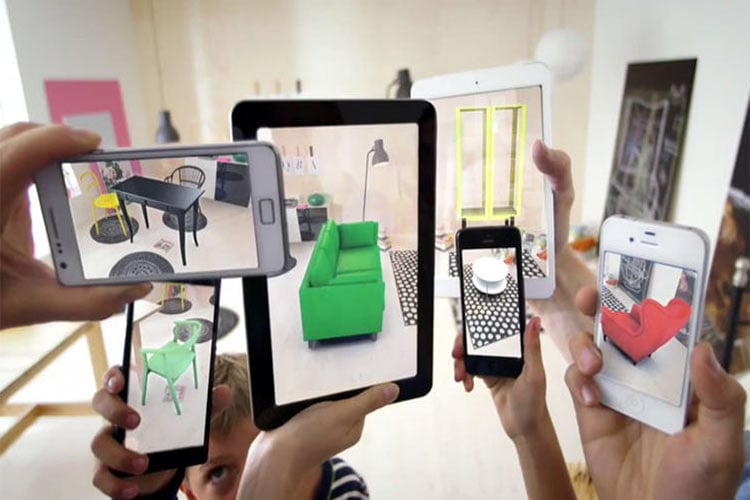
Visual Chatbots for First-Line Support
Advanced visual chatbots are emerging as effective first-line support options. These AI assistants can:
- Analyze screenshots submitted by employees
- Identify common issues based on visual patterns
- Provide visual step-by-step guidance for resolution
- Escalate to human support with full visual context when needed
- Learn from successful resolutions to improve future recommendations
Unlike traditional text-based chatbots, visual chatbots can interpret and respond to visual information, making them much more effective for technical support scenarios. These systems work particularly well when integrated with AI meeting assistants to provide contextual support during collaborative troubleshooting sessions.
Integration with Everyday Collaboration Tools
The future of help desk support will be deeply integrated into the tools employees already use daily. Rather than requiring employees to switch to a separate ticketing system, visual support capabilities will be embedded directly within:
- Team messaging platforms
- Email clients
- Project management tools
- Virtual meeting software
- Document collaboration platforms
This seamless integration reduces friction in the support process and encourages employees to seek assistance earlier, before minor issues become major problems.
PageOn.ai's Agentic Capabilities
PageOn.ai's agentic capabilities represent a significant advancement in how support interactions can be transformed into intuitive visual exchanges. These intelligent agents can:
PageOn.ai Agent Capabilities
The chart below illustrates the key capabilities of PageOn.ai's agentic support system:
- Autonomously gather visual context to understand issues more completely
- Transform complex technical concepts into clear visual explanations
- Adapt their visual communication style based on employee technical proficiency
- Create personalized visual guides based on the employee's specific environment
- Continuously learn from successful visual resolutions to improve future assistance
These capabilities enable a fundamentally different support experience—one that feels less like submitting a ticket and more like having a knowledgeable colleague looking over your shoulder to help solve problems in real time.
Getting Started: Your Visual Help Desk Roadmap
Transforming your help desk into a visual-first support system doesn't have to be overwhelming. I recommend a phased approach that delivers quick wins while building toward a comprehensive visual support ecosystem.
Quick-Win Opportunities
Begin with these high-impact, relatively simple implementations to demonstrate value and build momentum:
Visual Support Implementation Roadmap
A phased approach to implementing visual support capabilities:
flowchart LR
subgraph "Phase 1: Quick Wins"
QW1[Screenshot Submission]
QW2[Basic Annotation Tools]
QW3[Visual Knowledge Base]
end
subgraph "Phase 2: Core Capabilities"
CC1[AI Issue Classification]
CC2[Visual Collaboration]
CC3[Self-Service Guides]
end
subgraph "Phase 3: Advanced Features"
AF1[Predictive Support]
AF2[AR Troubleshooting]
AF3[Visual Agents]
end
QW1 --> CC1
QW2 --> CC2
QW3 --> CC3
CC1 --> AF1
CC2 --> AF2
CC3 --> AF3
- Enable screenshot submission within your existing ticketing system
- Create visual templates for your most common support issues
- Implement basic annotation tools for support staff
- Develop visual knowledge base articles for top 10-20 support requests
- Train support staff on basic visual communication techniques
Stakeholder Engagement Strategies
Successful implementation requires buy-in from multiple stakeholders. Tailor your approach to address the specific concerns and priorities of each group:
| Stakeholder | Key Concerns | Engagement Approach |
|---|---|---|
| IT Leadership |
|
|
| Support Staff |
|
|
| End Users |
|
|
| Finance |
|
|
Training and Change Management
The success of your visual support implementation depends heavily on effective training and change management. Consider these key elements:
- Role-specific training that focuses on practical application rather than theoretical concepts
- Visual learning materials that demonstrate the tools in action
- Champions program to identify and empower enthusiastic early adopters
- Regular feedback mechanisms to identify and address adoption barriers
- Recognition program to highlight successful use cases and celebrate wins
Pilot Program Design
Before rolling out visual support tools across your entire organization, design a focused pilot program:
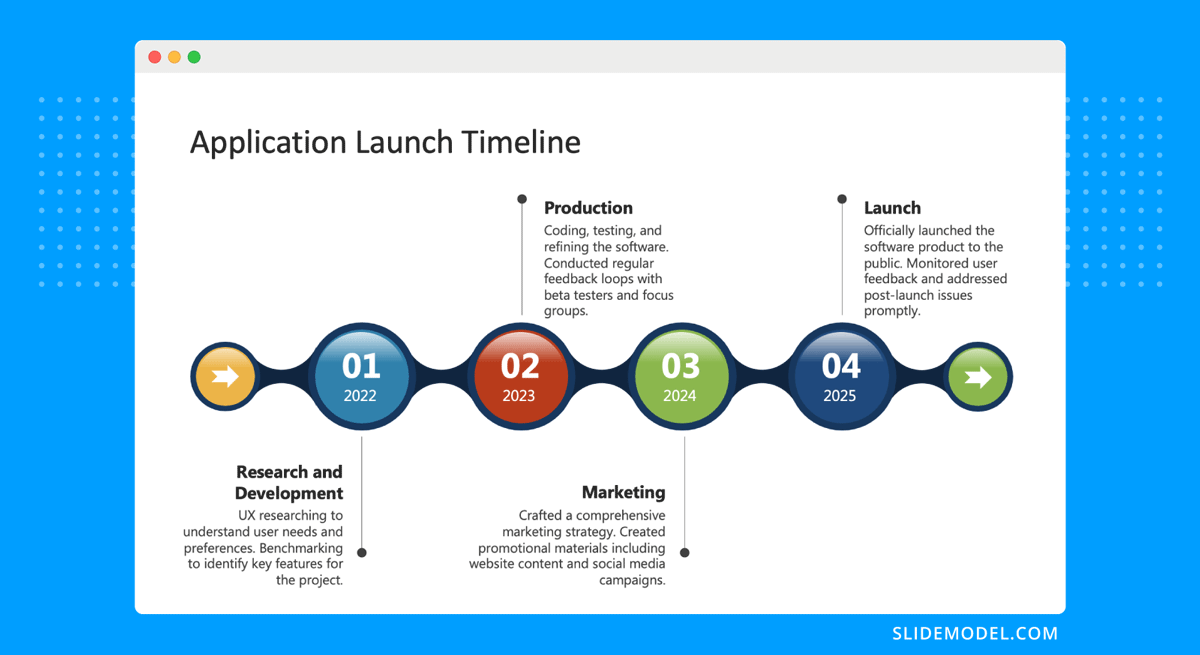
- Select a specific department or team with diverse support needs
- Choose a mix of common and complex support scenarios to test
- Establish clear success metrics and baseline measurements
- Create a structured feedback process for all participants
- Plan for regular assessment and adjustment during the pilot
- Document lessons learned to inform the broader rollout
Using PageOn.ai for Your Visual Support Strategy
PageOn.ai provides a comprehensive platform for creating your visual support strategy and implementation plan. Using its capabilities, you can:
- Map your current support processes and identify visual enhancement opportunities
- Design visual workflows for common support scenarios
- Create interactive training materials for support staff and end users
- Develop visual templates and knowledge base articles
- Build custom visual support agents tailored to your organization's specific needs
By leveraging PageOn.ai's visual expression capabilities, you can transform your help desk from a source of frustration to a model of efficiency and employee satisfaction.
Transform Your Help Desk Experience with PageOn.ai
Ready to eliminate wait times and revolutionize your employee support experience? PageOn.ai's visual AI solutions can help you create intuitive, efficient support systems that solve problems in seconds, not hours.
Start Creating with PageOn.ai TodayConclusion: The Future of Employee Support is Visual
As we've explored throughout this guide, transforming the traditional help desk experience through visual AI solutions offers tremendous benefits for organizations of all sizes. By moving beyond text-based ticketing to embrace visual problem-solving, companies can dramatically reduce wait times, improve resolution quality, and enhance employee satisfaction.
The journey to a visual-first help desk doesn't have to be complex or disruptive. By starting with quick wins, engaging key stakeholders, and following a structured implementation plan, organizations can gradually transform their support experience while demonstrating clear value at each stage.
PageOn.ai's comprehensive visual expression platform provides the ideal foundation for this transformation. Its powerful AI capabilities, intuitive visual tools, and flexible integration options make it uniquely suited to address the challenges of modern employee support.
As you consider your own help desk transformation journey, remember that the goal isn't just to make support faster—it's to fundamentally change how employees experience technical assistance. By embracing visual AI solutions, you can create a support environment that empowers employees, reduces frustration, and ultimately contributes to a more productive and satisfying work experience.
You Might Also Like
Unwrapping the Mystery: The Psychology of Blind Box Collecting | PageOn.ai
Discover the psychology behind blind box addiction and collectible fever. Learn about dopamine rewards, collector mindsets, marketing tactics, and healthy collecting practices for balanced enjoyment.
Empathy as a Visual Superpower: Transform Your Digital Professional Relationships
Discover how to develop empathy as a professional superpower in the digital age. Learn practical visualization techniques to enhance emotional intelligence and transform workplace relationships.
K-pop Meets Collectibles: Celebrity Endorsements Revolutionizing Toy Market Trends
Explore how K-pop celebrity endorsements are transforming the collectible toy industry, from BLACKPINK's Lisa catapulting Labubu to a $400 million phenomenon to the future of digital collectibles.
Visualizing Your Career Evolution: Mapping the 20-30 Job Future | PageOn.ai
Discover how to navigate the evolving 20-30 job future with AI-powered visualization tools. Learn to map transferable skills, plan strategic pivots, and build a resilient career path.
